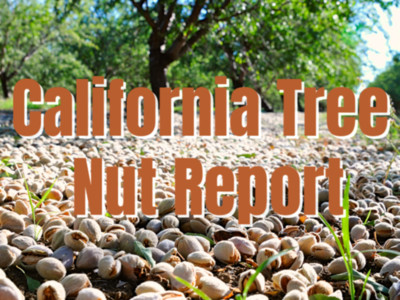Idaho Snowpack
Back on January 1st, Northwestern snowpack was running anywhere from 25 to 75 percent of average. But following a month of heavy precipitation from the Cascades to the northern Rockies, just about every northwestern basin has now at least average, if not above average snowpack, said USDA meteorologist Brad Rippy.In the past 4 weeks, Mores Creek Summit gained nearly five feet of snow as storms hit with regular frequency since January 1st. Other parts of the state have seen even more snowpack the past few weeks.
Above-average precipitation in January and the first part of February has boosted Idaho snowpack levels to more than 100 percent statewide, except for the Big Wood, Little Wood, and Big Lost Basins.
Good precipitation comes on top of high reservoir carryover across southern Idaho. The bump in precipitation, combined with strong reservoir carryover, caused agency officials to increase streamflow runoff predictions for the coming year.
“We’ve had some big gains in the last 30 days,” said Troy Lindquist, a forecaster for the National Weather Service in Boise.
Monthly precipitation ranged from 110-130 percent of normal in most of Idaho statewide, Lindquist said.
The only basins that have below-normal snowpack (snow water equivalent SWE) are the Big Wood Basin 81 percent of normal, Little Wood 69 percent, and Big Lost 74 percent of normal.













